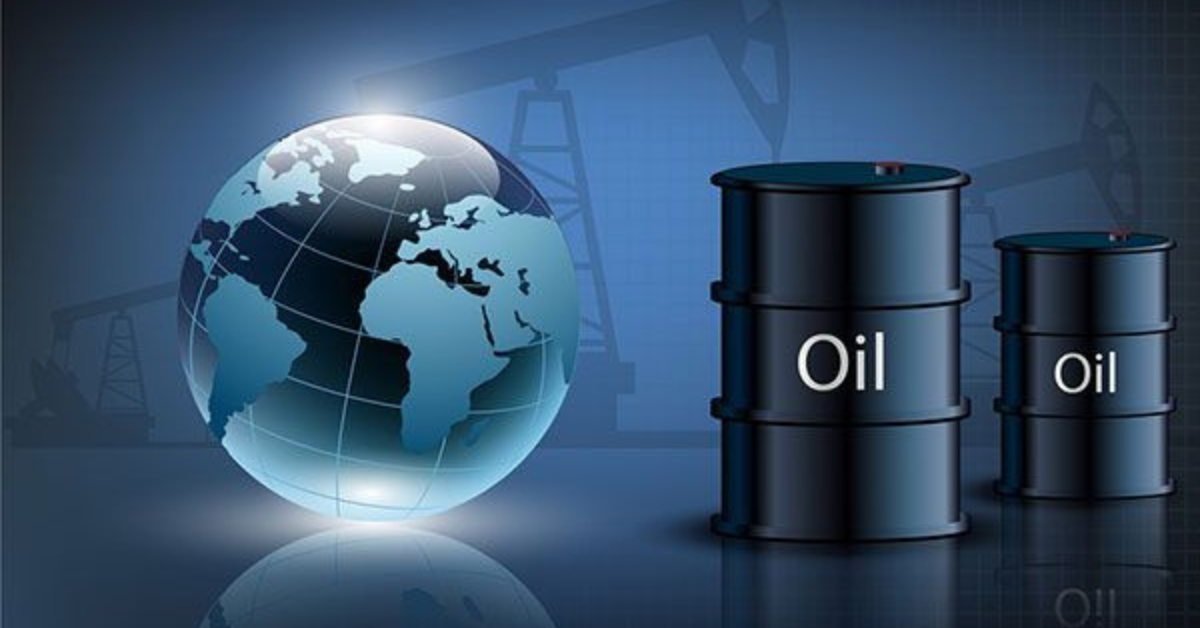
Oil Market 2023. Looking for a balance
The year 2022 was a record year for the oil market since 2013. The average price for a barrel of Brent was about $100, and at one point quotes were as high as $137 per barrel.
Don’t become addicted to trading, whether it’s a currency pair like EURUSD, the stock market, or the commodities market. Do you know why some people like taking risks? When you take a risk, your body produces a special neurotransmitter called dopamine, which induces a feeling of pleasure. In other words, taking risks in trading can be exciting for you and evoke a lot of emotion. But remember that taking risks can be addictive. So be careful about taking risks.
Table of Contents
ToggleOffer
The world’s largest producers are the OPEC cartel (about 30%), the U.S. (12%), and Russia (10-11%). Only the U.S. is planning to significantly increase production, while OPEC may reduce production voluntarily, and Russia — involuntarily, due to the EU embargo and the price ceiling.
There is no reason to expect tangible growth outside these three because of global underinvestment in the industry. Pandemic forecasts of demand compression and the course of alternative energy in previous years have reduced investment in production, so many new projects were left without funding. Various experts estimate that it could take 3 to 5 years to make up the gap.
OPEC+ production declines
OPEC+ countries moved to cut back in October. The phrase “production increase” does not appear in the public rhetoric of the cartel’s majors. On the contrary, the alliance is emphasizing the risks of a recession and broadcasting its readiness to further curtail supply at any moment.
Now the level of production is de facto controlled by a few major players. The others are still unable to reach even authorized levels. It is in the interest of the majors to keep prices high. They are unlikely to give up the opportunity to raise their own revenues, as long as it can be done easily and at low cost.
Russia is losing production
Russia is a member of OPEC+, but its production now depends not on quotas, but on its ability to export oil and oil products. The EU market, which accounted for more than half of Russian oil exports, was closed to oil, and in February 2023 it will be closed to petroleum products.
Producers in the U.S. are modest and conservative
In the U.S. shale producers have remained fairly passive all year. Production levels increased by only 400 thousand bpd to 12.1 million bpd. In 2023, EIA expects a similar increase in the range of 400-500 thousand bpd.
There is no reason to doubt this forecast and expect production acceleration now. Long-term political decisions made during the popularity of the energy transition remain valid. Short-term, the threat of a recession makes producers avoid large-scale investments in new projects, especially since the most oil bearing shale areas are already developed.
Drilling activity, a leading indicator of production, looks very conservative. The yield from each new well drilled is steadily declining, while the number of DUC reserve wells has stabilized. The number of new wells drilled is now identical to the number completed, although by the second half of 2023 a slight accumulation of reserves is possible, which will support production growth.
Conclusions
Oil supplies may remain under pressure in 2023. It could be as low as 770,000 bpd, but that’s assuming a 1.4 million bpd decline in Russian production. Regular OPEC+ meetings, secondary data tracking Russian exports and weekly production updates from the EIA remain key factors for the market to watch.
The lifting of quarantines in China, while the global economy slows, could support oil demand in 2023. The IEA and OPEC expect demand growth of 1.7m bpd and 2.25m bpd, respectively, but these estimates are based on rather optimistic global GDP growth forecasts. In fact, the risks are shifted in favor of a downward revision of forecasts, which gives a reason to conservatively estimate the level of oil consumption in 2023.
In 2023 demand may outstrip supply by 0.2-0.4 mln bpd, which equates to maintenance of high prices. The peak may be passed in February-March, when China’s abandonment of the “zero tolerance” policy coincides with the sagging of Russian production amid the entry into force of the embargo on petroleum products. At the moment quotes may even be above $100 per barrel, but it is unlikely that these will be stable levels.
Quotations may gradually decline further. The trajectory of global GDP growth will be slightly worse than current forecasts suggest, which may become clear as early as Q2. Along with the slowdown of the economy, demand may cool down, but OPEC+ will buy any risks of a surplus, supporting prices in the corridor of $70 per barrel and higher.

